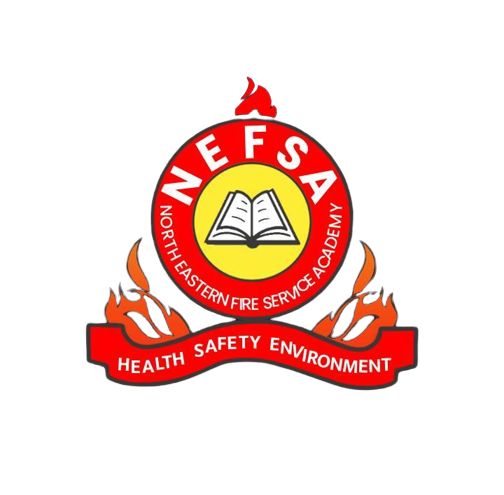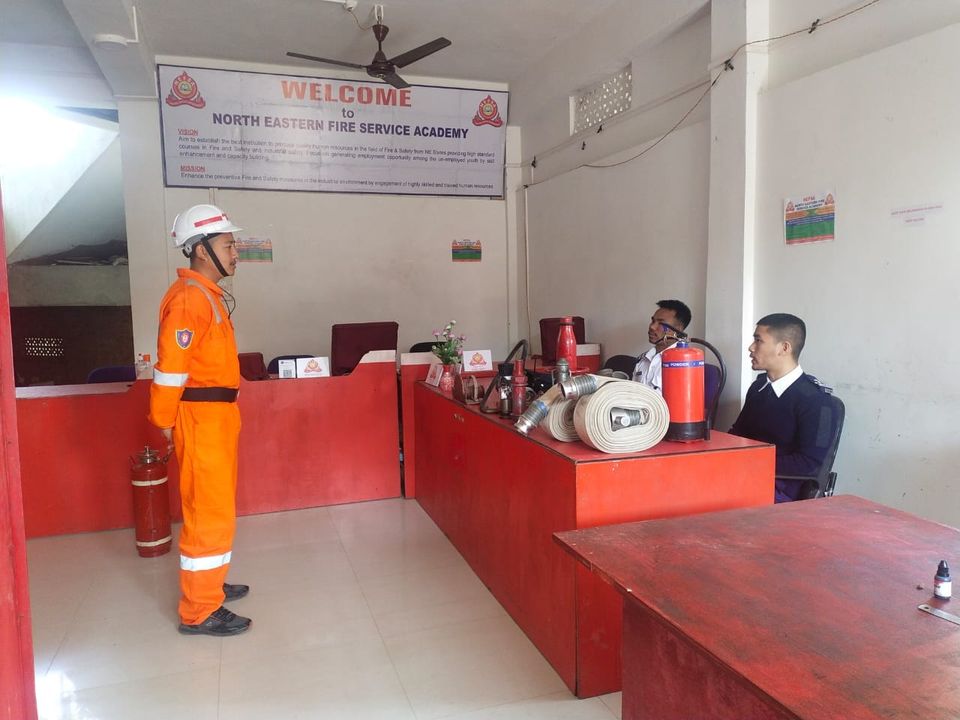Laboratories are dynamic environments where flammable chemicals, electrical equipment, heat sources and pressurized systems coexist. That combination makes fire prevention and preparedness a core responsibility — not an afterthought. Effective laboratory fire safety protects personnel, preserves critical research and infrastructure, and reduces legal and financial exposure for institutions. This guide synthesizes internationally recognized standards and practical steps NEFSA recommends for any lab facility.
Why fire safety in labs matters?
Fires in laboratories can escalate rapidly due to the presence of flammable liquids, solvents, compressed gases and reactive chemicals. Beyond immediate injury risk, fires can destroy unique samples and equipment, contaminate facilities, and halt research programs for prolonged periods. Because lab incidents often involve hazardous substances, secondary risks such as toxic smoke and chemical reactions may complicate evacuation and response. Proactive fire safety reduces these multi-dimensional risks.
Core elements of a laboratory fire-safety program
A formal fire-safety program should be documented, actively managed and periodically reviewed. At a minimum it must include:
-
Risk assessment & inventory control — identify ignition sources, flammable/combustible stock, and incompatible materials; limit quantities to the minimum needed for operations. NFPA and regulatory guidance define maximum allowable quantities and storage requirements to lower fire load.
-
Engineering controls & facility design — proper ventilation, explosion-venting where needed, fire-rated construction and automatic suppression in applicable areas should align with NFPA 45 and local building codes.
-
Administrative controls & procedures — written Fire Prevention Plan, hot work permits, safe work procedures for flammable liquids and heating sources, and strict housekeeping protocols. OSHA explicitly recommends and, where applicable, requires written plans and procedures.
-
Training & drills — regular, documented fire response and extinguisher training for personnel, plus evacuation drills tailored to the laboratory layout and hazard profile.
-
Emergency response & coordination — clear alarm and notification systems, designated assembly points, liaison with local fire services, and post-incident review procedures.
Practical prevention measures (day-to-day)
-
Limit and segregate flammables: Store flammable liquids in approved safety cabinets and keep quantities in work areas below regulatory limits. Follow NFPA-30 and local codes for classification and separation from oxidizers.
-
Control ignition sources: Maintain electrical systems, use appropriate heat-resistant equipment, enforce no-open-flame policies where volatile vapors may be present, and require hot-work permits for welding or brazing.
-
Good housekeeping: Clean up spills immediately using proper absorbents, cap containers when not in use, and remove waste daily to appropriate containers. Clutter and unlabelled containers increase risk and slow evacuation.
-
Ventilation & fume hoods: Use certified fume hoods for volatile operations and ensure regular airflow testing and maintenance. Ventilation reduces vapor accumulation that can form explosive atmospheres.
Fire-fighting equipment: selection and placement
Portable extinguishers are a first-line tool for small, controllable fires — but only when personnel are trained and the fire is safe to fight.
-
Choose the right extinguisher types: ABC (multipurpose dry chemical) extinguishers are common for general lab hazards (solids, flammable liquids, energized electrical fires). CO₂ extinguishers are appropriate for electrical and liquid fuel fires but have limited capability on Class A fires (ordinary combustibles). Select extinguishers per NFPA 10 guidance and the lab hazard profile.
-
Strategic placement & inspection: Extinguishers must be visible, unobstructed and located along evacuation routes or near hazard areas. Inspect and maintain per the NFPA 10 schedule — monthly visual checks and annual professional servicing.
-
Automatic suppression: Many labs fall under NFPA 45 requirements for automatic extinguishing systems (sprinklers or specialized suppression) depending on operations and inventory. Confer with facilities and fire authorities during design and modifications.
Training and human factors
Well-designed systems fail without competent people. NEFSA recommends:
-
Regular training: At hire and annually thereafter — covering evacuation procedures, extinguisher use (PASS technique), hot-work protocols, and chemical-specific precautions.
-
Defined roles: Assign rescue, containment and communication roles for lab staff and ensure alternates are trained. Post contact lists and emergency numbers prominently.
-
Limit exposure: Only trained personnel should attempt to fight small fires; evacuation and firefighter arrival is the correct action for uncontrolled or chemical-involved fires.
Incident planning and recovery
-
Fire Prevention Plan: Maintain a written plan (per OSHA 29 CFR 1910.39 where applicable) that lists hazards, controls, emergency contacts and inspection schedules.
-
Post-incident actions: After any fire event — even a minor one — document the incident, preserve evidence for review, perform root-cause analysis, update procedures and re-train staff as needed. Recovery plans should address decontamination, equipment replacement and continuity of critical research.
Quick checklist for NEFSA labs (actionable)
-
Complete a documented risk assessment for every lab.
-
Limit flammable liquids in workrooms; use approved storage cabinets.
-
Install/verify automatic suppression where required by NFPA 45.
-
Place and service ABC/CO₂ extinguishers; run extinguisher training.
-
Implement hot-work permits and electrical safety checks.
-
Run evacuation drills twice yearly and review results.
-
Keep up-to-date inventory and SDS (safety data sheets) access.
-
Coordinate emergency response plans with local fire services.
FAQs (concise)
Q: Can any staff use a fire extinguisher?
A: Only staff trained in extinguisher use should attempt to fight small fires; if in doubt, evacuate and let the fire service respond.
Q: Where should flammable liquids be stored?
A: In approved flammable-liquid safety cabinets and outside exits/egress paths; follow NFPA 30 and local regulations for limits.
Conclusion — NEFSA’s commitment to safer laboratories
Fire safety in laboratories is achievable through disciplined risk assessment, engineering and administrative controls, appropriate firefighting equipment, and an empowered, well-trained workforce. NEFSA encourages institutions to adopt recognized standards (NFPA 45, NFPA 10, NFPA 30) and regulatory guidance (OSHA) as the backbone of their safety programs and to treat fire prevention as an essential, ongoing investment in people and science.
Contact us today to know more about admissions, batch schedules, and course details.
Visit: www.nefsaindia.com
Location: Dibrugarh, Assam
For More Blogs:- Click here







